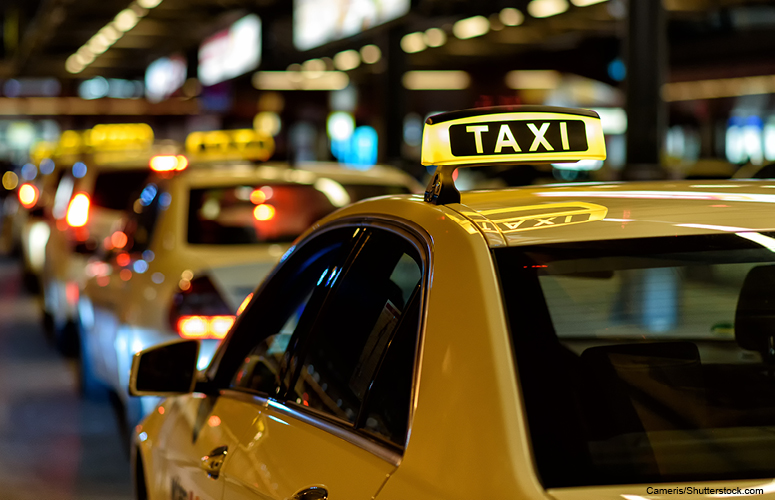Free flow of information undercuts need for many regulations
Jul 26, 2016
A recent Forbes.com story articulates exactly why we need less, not more, government regulation.
In particular, the author notes how taxicab regulations once made sense when consumers did not have adequate information about the quality and safety of prospective drivers. In today’s “Uberized” world, however, where information is available at the tip of your fingers, the need for this kind of government paternalism is far less. In many cases, it’s non-existent.
As the author wrote:
Common models for taxi regulation can be traced back to the 1930s. During that time, regulations were promoted to combat what economists refer to as “asymmetric information” problems. These arose from passengers’ relative inability to know about the quality of various for-hire vehicle drivers. Additionally, passengers could not easily compare the costs of for-hire transportation options since taxis were usually found by waiting on the side of a road. These limitations led to regulations such as driver licensing requirements (an attempt to ensure universal quality) and common prices (so that consumers knew what they would end up paying).
While stringent taxi regulation may have made some sense in an earlier era, its justification does not apply to today’s ridesharing market.
Ridesharing services, similar to other sharing-economy companies, use dual-feedback systems. These features, which allow riders and drivers to publicly rate each other after trips, give passengers the ability to vet potential drivers. Ridesharing companies also have the option to cut ties with drivers who do not meet certain customer-service standards. Since ridesharing prices are advertised ahead of time before a ride is prearranged (with leading firms even offering fare estimates), set price regulations no longer make sense.
To create more jobs and more opportunity, we need to move away from 20th-century regulatory frameworks. This applies not only to taxis versus Uber and Lyft, but across the board—in Ohio and other over-regulated states.

